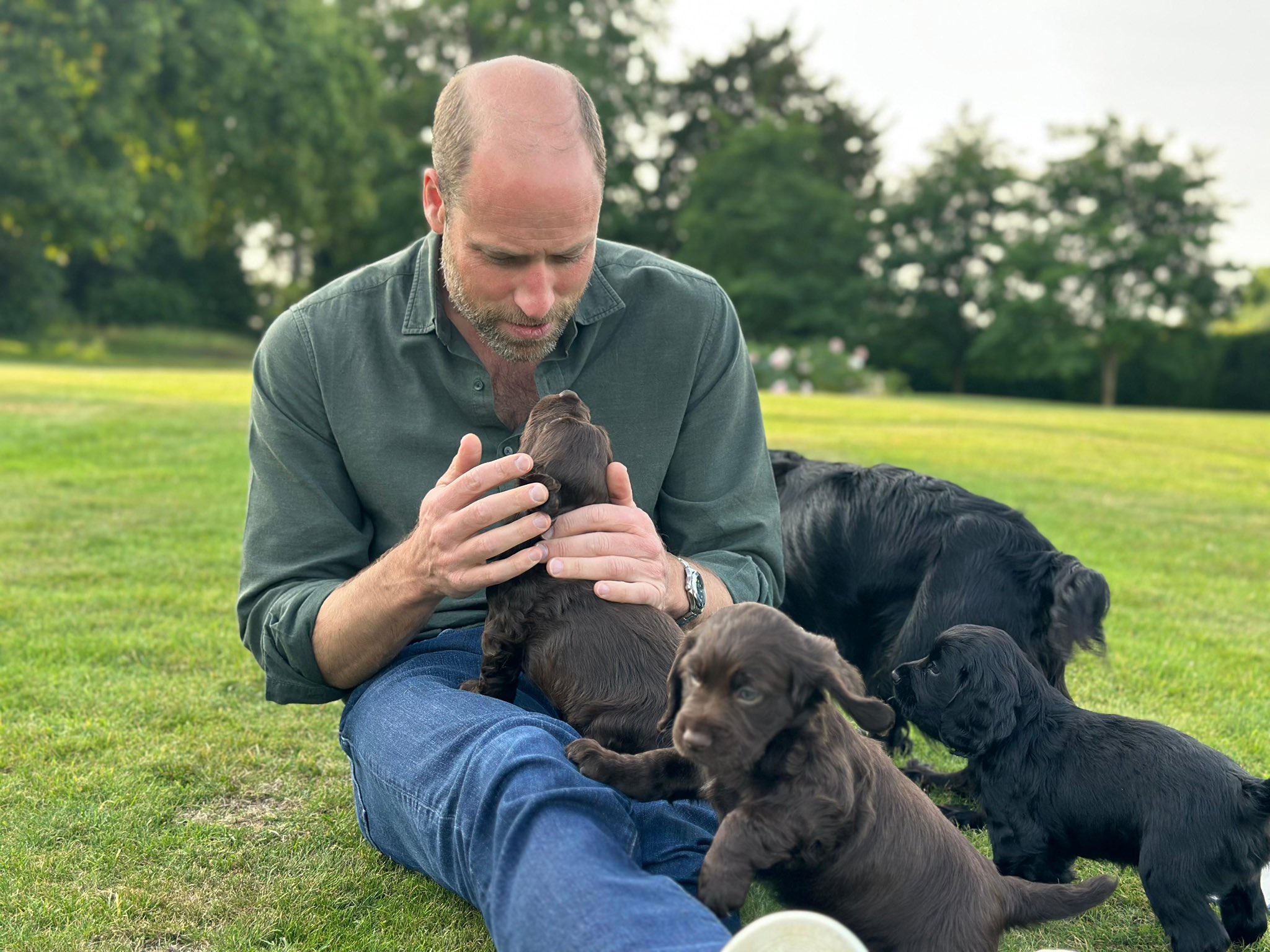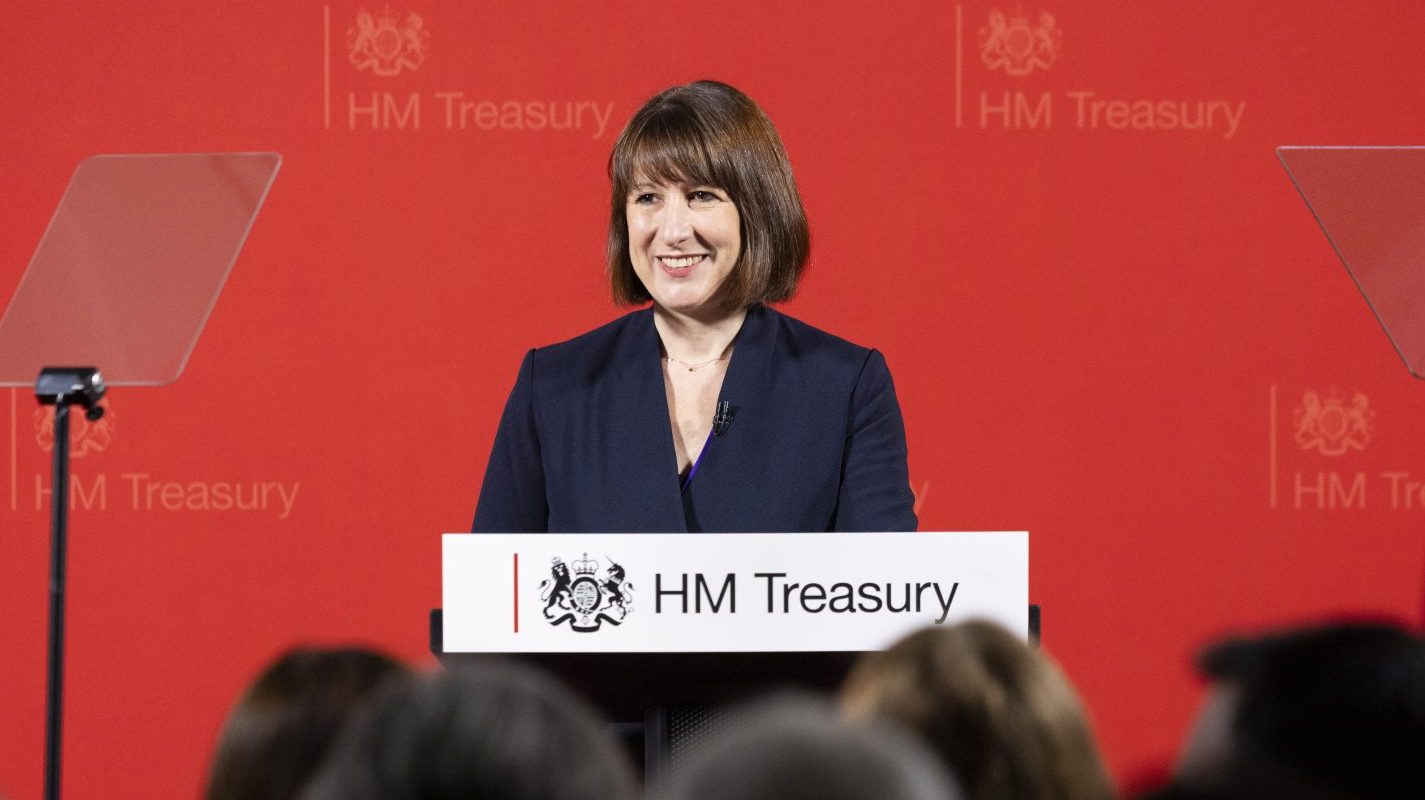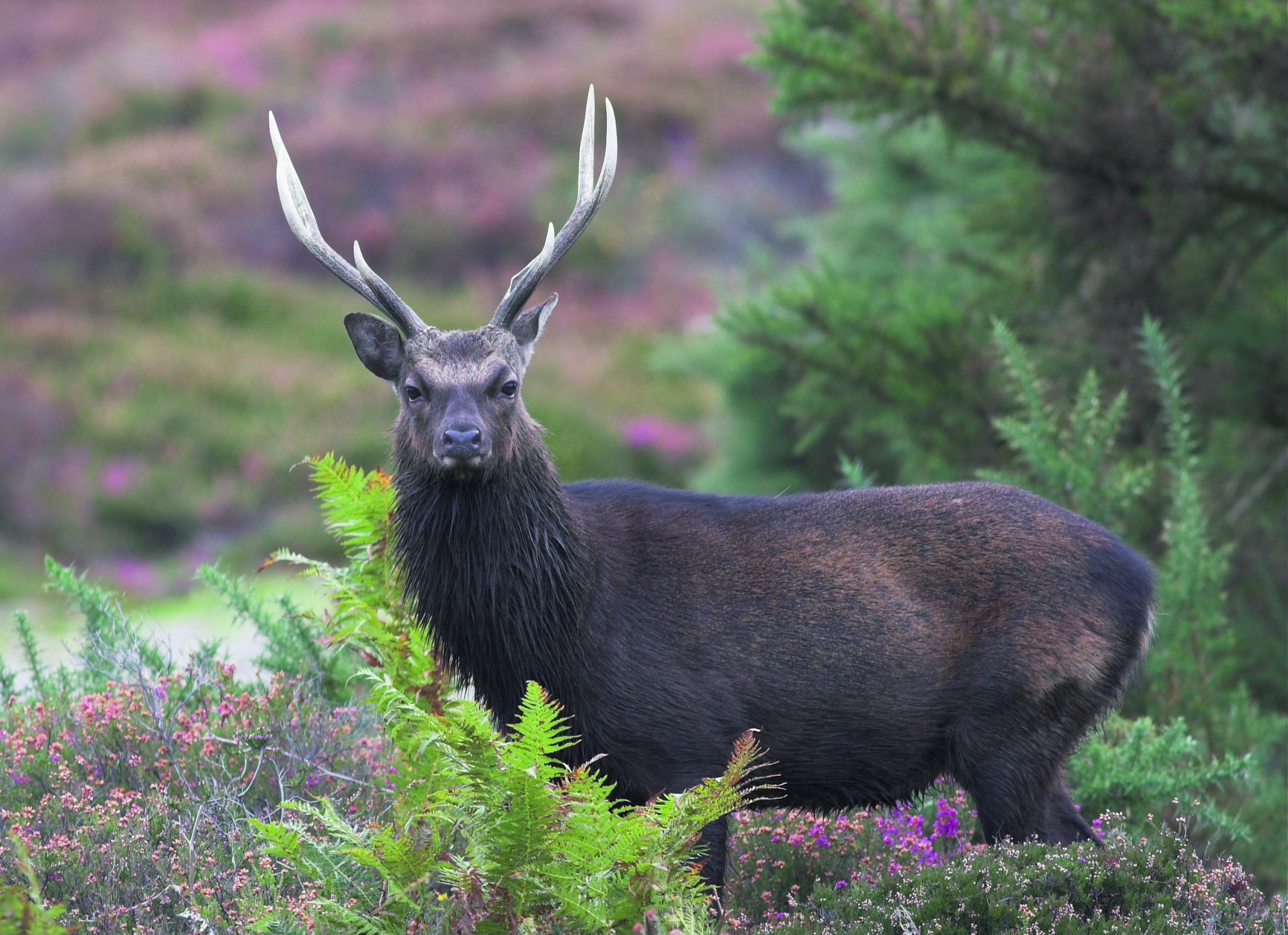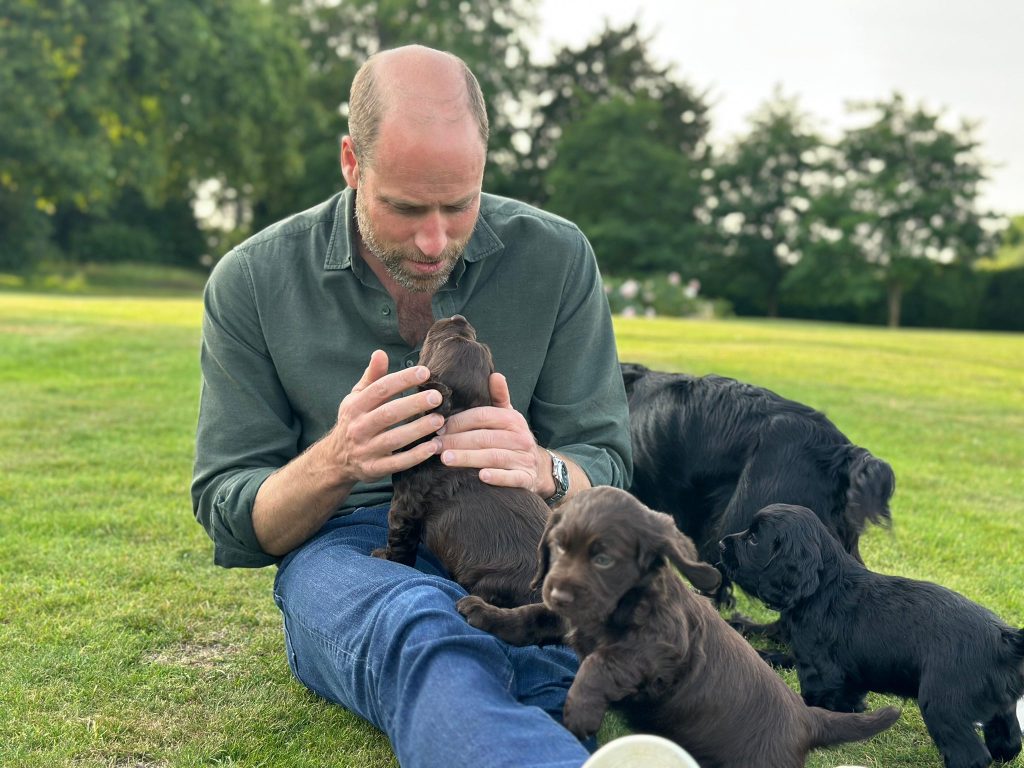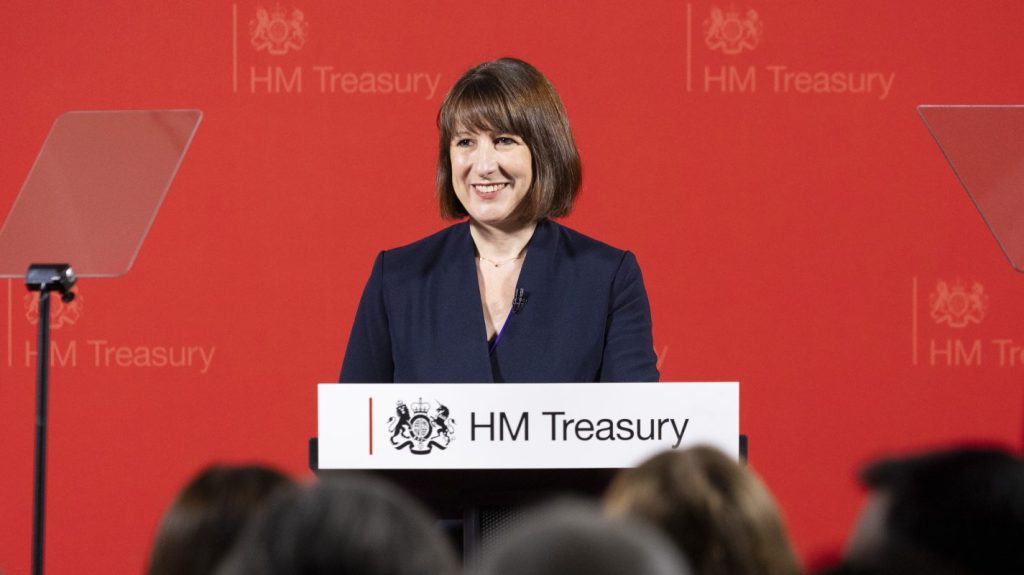News
Shooting
Narford Hall Shoot
<strong>Graham Downing reports from a Norfolk shoot, where a last-minute deal has seen the new tenant take on a promising layout with exciting results</strong>
Would you like to speak to our readers? We offer sponsored articles and advertising to put you in front of our audience. Find out more.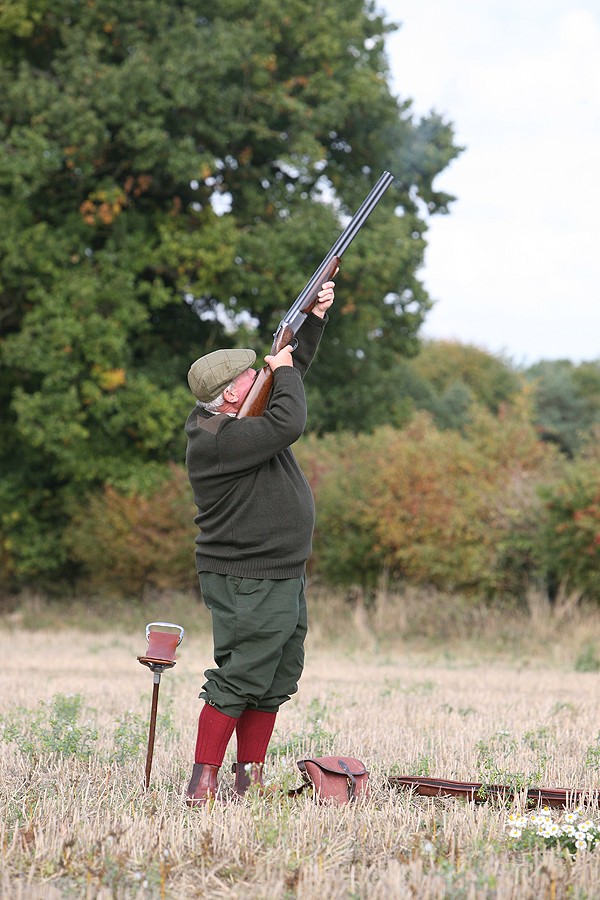
In March 2009, Philip Milburn was enjoying a days salmon fishing on the Tweed, at Upper Mertoun, when his phone rang. On the line was the agent for the Narford Hall estate, near Swaffham, in West Norfolk. The estates shooting tenancy had become available at short notice, was he interested?
Philip replied that the answer was probably no, but that he would take a look anyway. On his return from Scotland he did so with Robert Brown, the keeper from his shoot at Quidenham, in Norfolk. We saw the undulating nature of the land at Narford and realised what its potential might be. That got me excited, said Philip. I then went to meet the landowner Sue Fountaine and her farm manager, because though I may not know much about shooting, I do know that youre not going to make anything of a shoot without their support.
With the estate behind the venture, an agreement was quickly reached and the new Narford Hall shoot came in to being. A keeper was appointed, birds were organised for a full seasons shooting and in September the first partridge days started. I visited on the sixth shoot day, one of those October days when the leaves are changing colour in the hedgerows and the air has the unmistakable scent of autumn about it, but when the sun still brings warmth to a crisp, cold morning.
It was hard not to be impressed with the shoot room at Hall Farm, Narford, to which the Guns and guests drew up. A few months ago it was a redundant outbuilding. Now it has been refurbished with a new kitchen, the old beams set off by the white finish to the flint walls and within them a long, candlelit shoot table around which coffee and the most delicious homemade shortbread was served.
Quality and quantity
Keeper Luke Newton had quickly sussed the first drive, Little Barn Road, where a large block of sugar beet was blanked-in to a maize covercrop from which the birds were driven over a tall hedgerow to the waiting Guns. It was an impressive show. The game came throughout the drive, the partridges were excellent all along the line and though some of the pheasants were not really ready for shooting, they will make good birds as the season progresses. Ray Bayfield, with whom I stood at peg five, was well satisfied.
With father, grandfather and greatgrandfather all gamekeepers, Rays family has provided generations of keepers throughout East Anglia. My father was at Easton Lodge and Lodge Farm, Castle Acre, and my uncle Fred, who was a keeper in Sussex, still goes out on the gamecart at the age of 97, he told me. However, Ray chose construction, not gamekeeping, as a profession and, having returned to shooting later in life, stands at a peg holding a shotgun on a shoot day rather than marshalling a line of beaters like many of his illustrious forebears.
The next two drives, Carlows Belt and Three Sisters Covert, did not have the volume of birds that were shown on the first drive, but they made up for it in quality. I try to mix quantity with quality, Luke told me, as I caught up with him when drinks were served from the back of the Guns trailer. What did come out of here flew well, even on a still day, he commented. Having taken over so late in the season, he has had to work his drives around the maize, millet and sorghum covercrops that had been drilled by the previous shooting tenant, though I noticed a few experimental catch crops of mustard that have been sown to try out potential sites for partridge drives.
I also saw what had so excited Philip Milburn when he first considered taking on the shoot: the steeply sloping Finger Hill covert, with perfect Gun placings below it and home woods behind. It looked like a drive that will be capable of producing some fantastic pheasants later in November. While Finger Hill appears exceptional, it is only one of several fine drives on an estate that has been laid out for sport with small, wellpositioned woodland coverts and well managed hedgerows coupled with grass margins. Farm manager and contractor Gary Baldry, who was picking-up with his yellow Labrador, explained that he is working the farming in with the shoot by leaving late stubbles on all the land that is going in to sugar beet or potatoes next year. Its nice to have a well-managed shoot on the property, he told me.
The last drive before lunch, The Farmyard, provided a wealth of shooting opportunities for everyone. The line of Guns was arranged in an L-shape, with the lower numbers standing out on a stubble behind a hedge. Below them at right angles, numbers six to nine ranged on a cultivated field below a maize covercrop, itself drilled in an L-shape. We waited for a quarter of an hour while the beaters blanked 30 acres of sugar beet into the maize, at which point the partridges started coming forward, high across the hedge and swinging over the lower numbers towards a block of woodland beyond. Then followed a short, sharp burst of high pheasants. These came, I learned later, from an overgrown pit at the beginning of the drive and provided some excellent birds for the middle of the line. As the drive reached its climax, those pheasants that had been lurking in the maize poured over the higher numbered Guns, thus the entire party retired happy to a roast beef lunch in the shoot room.
A promising future
Afterwards, I joined David Carter in a field of sugar beet, waiting for the beaters to push through Tors Belt. David is chairman of the animal health company that he started several years ago and is a member of the regular s syndicate at Quidenham & Hargham, another of the shoots run by Philip Milburn. I bought a Gun on this day as a one-off, he told me, but Im sure its not going to be the last. I have a lot of admiration for Philip; he does everything as he should. Our conversation ended abruptly as the first birds started to come through the line and the drive got under way.
Picking-up was not easy in the sugar beet on a warm, scentless afternoon, but moving through the crop from his vantage point behind the Guns was David Gosling and his immaculately behaved team of Labradors accompanied by an equally well behaved Patterdale terrier. Sending each of his dogs in succession, he soon swept the beet clean of shot game. Like everyone else, David was new to Narford Hall, but he has been a pickerup on a number of Norfolk estates. He is also not unknown on the local gundog working test circuit.
Not everything went according to plan, however. At Eight Acres, the Guns lined out on a gently sloping stubble field in front of a wood and waited while the beaters brought the wood through at right angles to the line of pegs, hoping to dislodge the pheasants and fly them to a home wood behind. But the birds had other ideas and most of the best ones broke back over the beaters heads. Operating new drives on an unfamiliar shoot on a sunny October afternoon without a breath of wind is a test for any keeper and shoot manager, and Philip Milburn commented to me afterwards that while he is expecting a good season this year, he expects a fantastic one in 2010 when he has the covercrops where he wants them. Im sure this will be the jewel in the crown of my shoots, he said. On the day when theres some wind here, they go like rockets.
We finished the day at Fairy Yard Bank, a long, sloping wood of gnarled Breckland Scots pines ending in a tangle of hawthorn scrub with a wheat stubble and a harvested carrot field in front of it. Even late in the day it produced some excellent partridges, and Phillip Key shot exceptionally well, as did Harry Brookbanks who, at the age of 76, was shooting for the first time in 14 years with the Churchill XXV that he had bought for his grandson. Ive had a marvellous day, he told me, as we got back into the Guns trailer on our homeward journey. Ive not done too badly considering Ive not shot for a long while, and Im looking forward to next time.
For further information about shooting at Narford Hall, tel 07802 546175, email philip.milburn@btconnect.com, or visit www.norfolkshoots.co.uk.
Related articles
News
PETA attacks royal couple for breeding cocker pups
The Prince and Princess of Wales have faced criticism from animal rights group PETA after they had a litter of puppies
By Time Well Spent
News
Farmers launch legal review against Reeves’s farm tax
Chancellor Rachel Reeves faces a judicial review over inheritance tax reforms that could force family farms out of business
By Time Well Spent
Manage Consent
To provide the best experiences, we use technologies like cookies to store and/or access device information. Consenting to these technologies will allow us to process data such as browsing behavior or unique IDs on this site. Not consenting or withdrawing consent, may adversely affect certain features and functions.
Functional Always active
The technical storage or access is strictly necessary for the legitimate purpose of enabling the use of a specific service explicitly requested by the subscriber or user, or for the sole purpose of carrying out the transmission of a communication over an electronic communications network.
Preferences
The technical storage or access is necessary for the legitimate purpose of storing preferences that are not requested by the subscriber or user.
Statistics
The technical storage or access that is used exclusively for statistical purposes.
The technical storage or access that is used exclusively for anonymous statistical purposes. Without a subpoena, voluntary compliance on the part of your Internet Service Provider, or additional records from a third party, information stored or retrieved for this purpose alone cannot usually be used to identify you.
Marketing
The technical storage or access is required to create user profiles to send advertising, or to track the user on a website or across several websites for similar marketing purposes.

